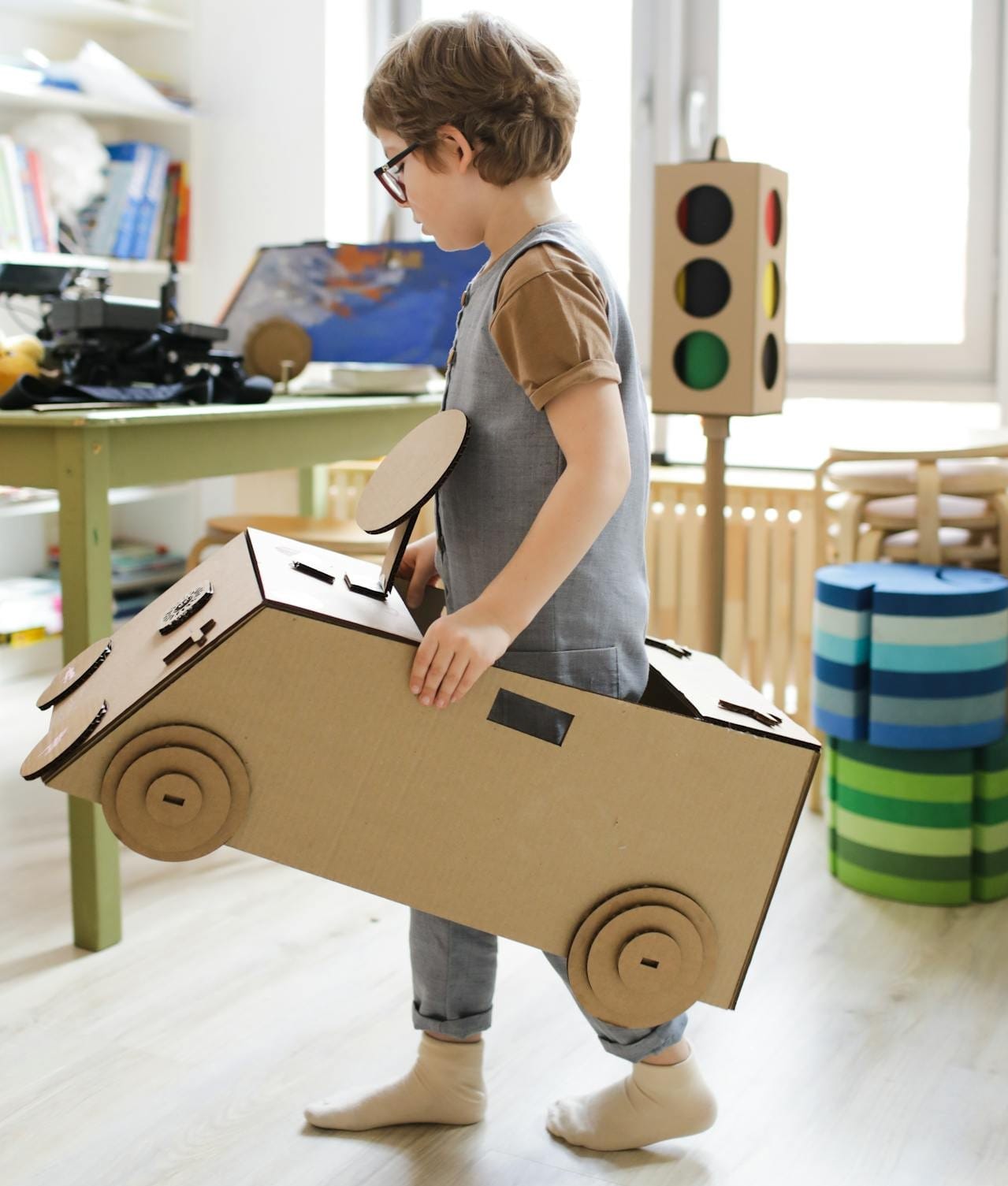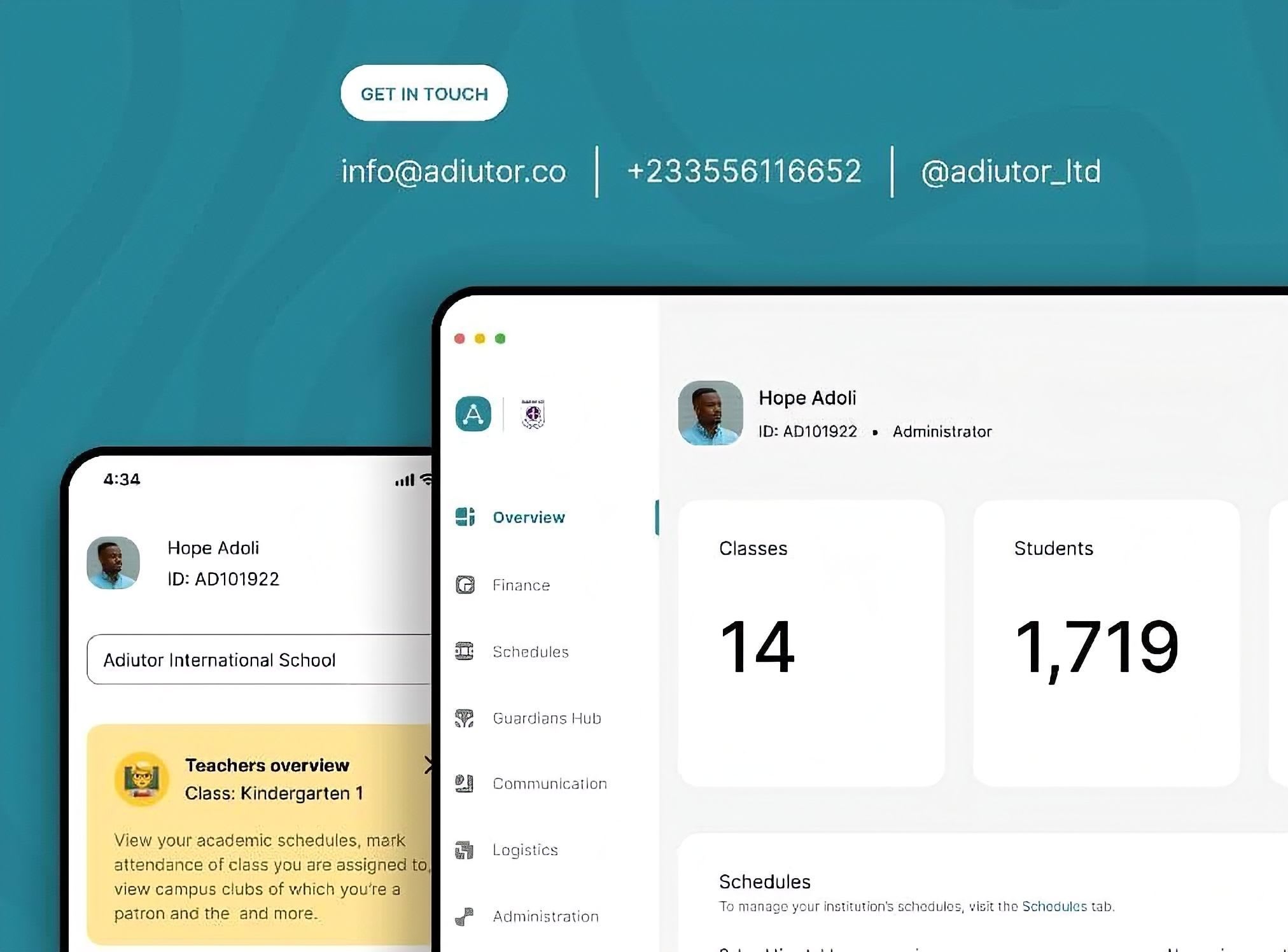How Motor Skills Affect Children’s Academic Success.

From a developmental perspective, gross motor skills; like jumping, skipping, and throwing lay the foundation for overall body awareness, spatial orientation, and cognitive development. Writing, for example, involves coordination, muscle control, and spatial awareness, all of which require brainpower. Similarly, activities that develop balance and coordination enhance a child’s ability to focus, reinforcing neural pathways critical for problem-solving and memory.
A child struggling with fine motor skills may have difficulty gripping a pencil properly, leading to slow and frustrating handwriting. Another child with poor gross motor coordination might find it challenging to sit still for long periods, constantly shifting in their chair. These small struggles accumulate, impacting a student’s confidence, attention span, and ultimately, academic performance.
Fine & Gross Motor Skills
Fine Motor Skills: Fine motor skills involve small, precise movements; think of writing, cutting with scissors, buttoning a coat, or even turning the pages of a book. These skills require coordination between the brain, muscles, and nerves, and they develop gradually as children grow.
A child with weak fine motor skills may struggle with handwriting, making their notes messy and difficult to read. This can be frustrating, not only for the student but also for teachers trying to assess their work. Poor fine motor control also affects how well a child uses a keyboard, manipulates small objects in science experiments, or even aligns numbers properly in math problems.
Gross Motor Skills: Gross motor skills on the other hand comprises of larger body movements; running, jumping, balancing, and sitting upright. At first glance, they may not seem directly related to academics, but they are.
Consider a child who struggles with core strength and balance. Sitting still in a chair for an extended period might feel like a workout. Instead of focusing on the lesson, their brain is using energy just to maintain posture. Increased fidgeting, difficulty concentrating, and lower engagement in learning activities.
How Movement Fuels the Brain
If you’ve ever gone for a brisk walk and felt mentally refreshed afterward, you’ve experienced firsthand how movement stimulates the brain.
The Brain-Body Connection
Movement and brain function are deeply linked in the sense that, when a child moves, whether they’re running, jumping, or practicing fine motor control, their brain actively builds neural pathways. These connections strengthen areas of the brain responsible for focus, memory, and problem-solving. Children who engage in regular physical activity have been found to show increased activity in the prefrontal cortex, the part of the brain responsible for executive functions like attention and impulse control.
Why Sitting Still Can Be Counterproductive
Without movement, blood flow to the brain decreases, making it harder to concentrate. That’s why short bursts of physical activity; like stretching or even a quick game, can recharge a child’s cognitive resources.
In fact, studies have shown that students who engage in brief movement breaks throughout the day perform better on tasks requiring sustained attention. Schools that incorporate physical activity into the curriculum, not just in gym class, but throughout the day, often see improvements in both behavior and academic outcomes.
Motor Skills and Memory Retention
Here’s where it gets even more interesting: motor activity has been linked to better memory retention. Have you ever noticed how children learning to spell often trace letters in the air with their fingers? Writing, drawing, and other fine motor activities reinforce memory by engaging multiple brain regions simultaneously. Gross motor activities like dancing or playing sports involve rhythm and coordination, which have been shown to enhance language acquisition and mathematical reasoning.
The Struggles of Motor Delays
Writing and reading difficulties – Poor fine motor control can make handwriting laborious, leading to slower progress in literacy skills.
Math struggles – Number alignment, using rulers, and even counting on fingers rely on fine motor skills.
Attention and focus issues – Children with weak core strength and balance often fidget, making it harder to stay engaged in learning activities.
Social challenges – Difficulty with motor coordination can impact participation in group activities and games, leading to feelings of isolation.
What Can Be Done?
Handwriting support: Activities like tracing, coloring, and playing with clay can improve fine motor control.
Physical activity integration: Simple exercises like balance games, or jumping activities can help with posture and focus.
Classroom adaptations: Teachers can incorporate movement breaks, offer different writing tools, and encourage hands-on learning.
Collaboration with specialists: Therapists can be brought in to work with students who need targeted support.

Adiutor
Adiutor means "helper" - we do just that, by taking a load of your school administration and helping you focus on what matters most: the kids.
References
Best, J. R. (2010). Effects of physical activity on children’s executive function: Contributions of experimental research on aerobic exercise. Developmental Review.
Cameron, C. E., Brock, L. L., Murrah, W. M., Bell, L. H., Worzalla, S. L., Grissmer, D., & Morrison, F. J. (2012). Fine motor skills and executive function both contribute to kindergarten achievement. Child Development.
Carlson, A. G., Rowe, E., & Curby, T. W. (2013). Disentangling fine motor skills’ contribution to academic achievement: The mediating role of executive function processes. Developmental Psychology.
Dinehart, L. H. B., & Manfra, L. (2013). Associations between early fine motor development and later math and reading achievement. Early Education & Development.
Feder, K. P., & Majnemer, A. (2007). Handwriting development, competency, and intervention. Developmental Medicine & Child Neurology.
Grissmer, D., Grimm, K. J., Aiyer, S. M., Murrah, W. M., & Steele, J. S. (2010). Fine motor skills and early comprehension of the world: Two new school readiness indicators. Developmental Psychology.
Pfeiffer, B., Henry, A., Miller, S., & Witherell, S. (2008). The effectiveness of disc ‘o’ sit cushions on attention to task in second-grade students with attention difficulties. The American Journal of Occupational Therapy.
